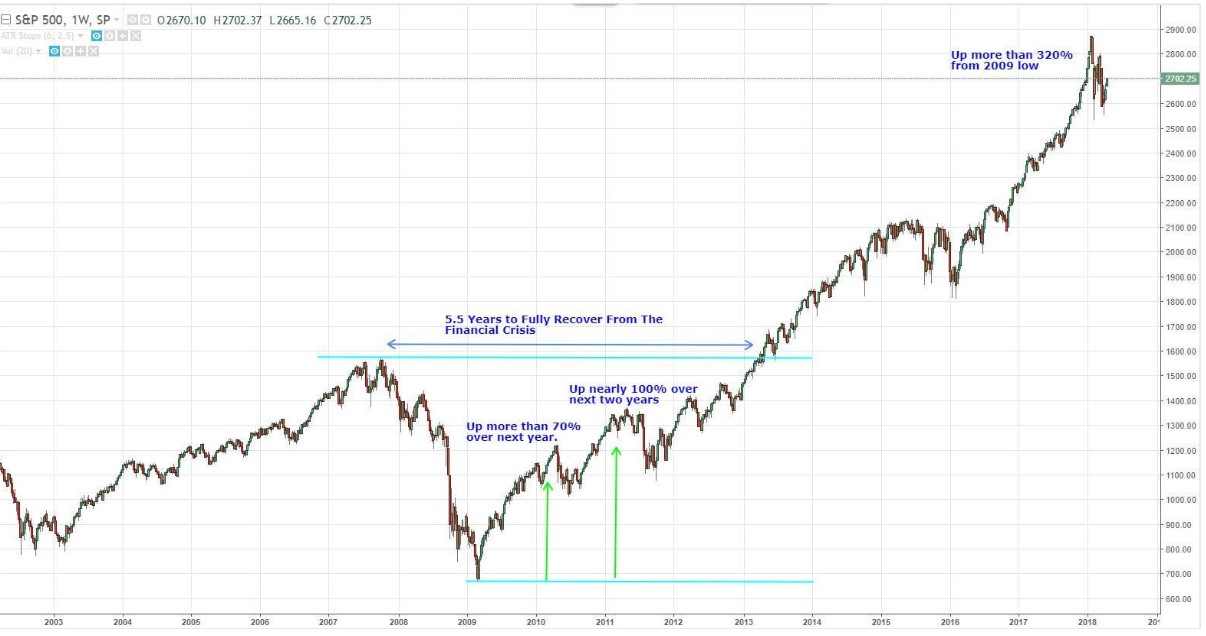
In this article, Mahe FERRET (ESSEC Business School, Global Bachelor in Business Administration (GBBA), 2022-2026) explains the appeal and challenges of behavioral finance when investing.
Introduction
Behavioral finance is a psychological and economic finance field that allows us to understand how investors – individuals and institutions – make financial decisions. Unlike traditional finance, which assumes that investors are rational actors who always make the optimal decisions to maximize profits based on all available information, behavioral finance recognizes that decisions are often influenced by cognitive biases and emotional responses.
As the financial industry becomes more complex, understanding the psychological biases of investor behavior becomes essential. Behavioral finance includes a more realistic human-centered perspective for analyzing market reactions, making it a crucial area of study for academics, investors, and policymakers alike.
History and Theoretical Foundations
Behavioral finance challenges the classical economic model of the “Homo Economicus”, which states that an investor is a fully rational decision-maker. Instead, it builds on theories about cognitive biases, unconscious and systematic errors that occur when people make a decision.
It also challenges classical theories such as the Efficient Market Hypothesis and Expected Utility Theory. These models presume that markets are efficient (stock prices reflect all available information) and that investors act logically. However, evidence from historical events (financial asset bubbles and market crashes) suggests otherwise, with investors having irrational behavior leading to mispricing (an over or undervaluation of the market price) and high volatility, which could result in potential negative return investments.
Overconfidence is one of the most studied biases. This bias leads investors to overestimate their knowledge and ability to make decisions, often resulting in excessive trading and poor returns. On the other hand, confirmation bias influences investors to seek information that supports their preexisting beliefs, sometimes ignoring evidence. Continuing along this path, herding bias reflects the tendency to mimic the actions of the majority, ignoring personal beliefs or individual analysis. This can generate bubble behavior, such as buying simply because of a trend, even when it seems irrational. Finally, among the long list of other biases, the disposition effect can harm long-term returns. Most of the time, investors sell assets that have increased in value to secure gains but keep assets that have dropped in value to avoid facing a loss.
These biases are not just theory and can explain some behaviors as seen in market crisis, where collective overconfidence and optimism fueled risky lending and investment practices.
Case Study: The 2008 Financial Crisis and Cognitive Biases
The 2008 financial crisis is a significant example of how cognitive biases can influence market behavior. While traditional economists tried to explain the irrational behaviors behind the collapse of global markets, behavioral finance offered an explanation: cognitive biases.
The crisis was a result of years of rising home prices in the U.S. housing market, which created a false sense of security. Financial institutions, driven by overconfidence in their risk management and in the fact that housing prices would continue to rise, issued endless subprime mortgages to borrowers with low credit profiles. These loans were then turned into complex financial instruments like mortgage-backed securities (MBS) and collateralized debt obligations (CDOs), sold to investors worldwide.
According to Montgomery (2011), a collective psychological bias led to this irrational behavior. Overconfidence pushed investors and institutions to underestimate the high risk of the defaults and overtrade, while confirmation bias caused them to ignore warning signs and only select information that supported their vision of the future. The investors were also too optimistic about the market, thinking that it would be in their favor, leading to an underestimation of systemic risk (risk that affects the entire financial system).
Evolution of the S&P 500 index in 2008.

Source : invezz
This chart visually demonstrates the decline of the S&P 500 index during the market crash, illustrating how cognitive biases affect investor decisions. The index reached a high of 1576, marking the peak of the pre-crisis bull market. The market crashed by 57.7% from its peak and lasted for a total a year and a half. As the crisis progressed, panic selling spread rapidly, as a symbol of herd behavior, accelerating the decline and increasing the losses. Many investors also sold off assets at a loss to avoid more losses, despite fundamental research suggesting long-term recovery potential, which can be translated as a loss aversion bias.
These biases all contributed to the formation of a speculative bubble, which exploded when the housing prices began to fall and defaults rose, triggering a global credit freeze and economic recession.
Nudges, a strategy to mitigate biases ?
Behavioral finance offers an explanation for anomalies in market behavior but can also be used as a tool to improve decision-making. Strategies such as “nudges” (Thaler & Sunstein, 2008) could improve structured environments for decision making without restricting individual freedom. By changing the choice architecture, or “organizing the context in which people make decisions”, such as with default options or checklists, biases can be mitigated.
An example of a nudge strategy from “Nudge” (Thaler and Sunstein, 2008) is the use of automatic enrollment in retirement savings plan, such as 401(k)s in the U.S. Traditionally, employees had to opt in to participate in their company’s retirement savings plan. Many did not enroll because they procrastinated or found the process confusing. The nudge would be to change the default option so that employees are automatically enrolled in the retirement plan, but can opt out if they choose. Like in the finance industry, the choice architecture has changed concerning the default option, and this small change led to high increases in participation rates among employees. Changing the choice architecture in the decision-making process could be the solution to minimize cognitive biases and their negative impact on investments.
Why should I be interested in this post?
As a business student, understanding market anomalies—such as overreactions to news or momentum effects—is essential because they reveal limitations in classical finance theories that assume investors are always rational and markets efficient. Real markets often behave differently, with phenomena like speculative bubbles and panic selling challenging these traditional views. Studying behavioral finance offers valuable insights into the psychological factors and cognitive biases that influence investor decisions. This knowledge is crucial for future business professionals, as it helps improve decision-making, risk management, and strategy development in finance and beyond. Recognizing how human behavior impacts markets prepares business students to navigate real-world complexities more effectively.
Related posts on the SimTrade blog
▶ Nithisha CHALLA CRSP
▶ Nithisha CHALLA Market consensus based financial analysts forecasts
▶ Raphaël ROERO DE CORTANZE How do animal spirits shape the evolution of financial markets?
Useful resources
CFA Institute (2025). Market Efficiency.
Montgomery, H. (2011). The Financial Crisis – Lessons for Europe from Psychology.
Kahneman, D., & Tversky, A. (1979). Prospect Theory: An Analysis of Decision under Risk.
Thaler, R.H. and Sunstein, C.R. (2008). Nudge: Improving Decisions about Health, Wealth, and Happiness. London: Penguin Books.
About the author
The article was written in June 2025 by Mahe FERRET (ESSEC Business School, Global Bachelor in Business Administration (GBBA), 2022-2026).
